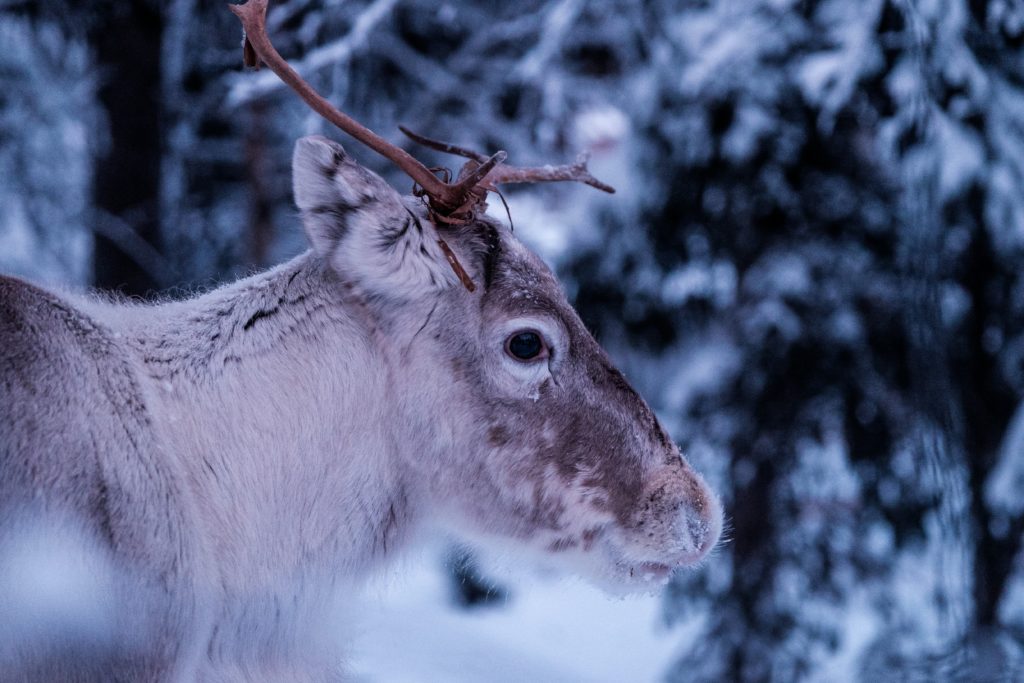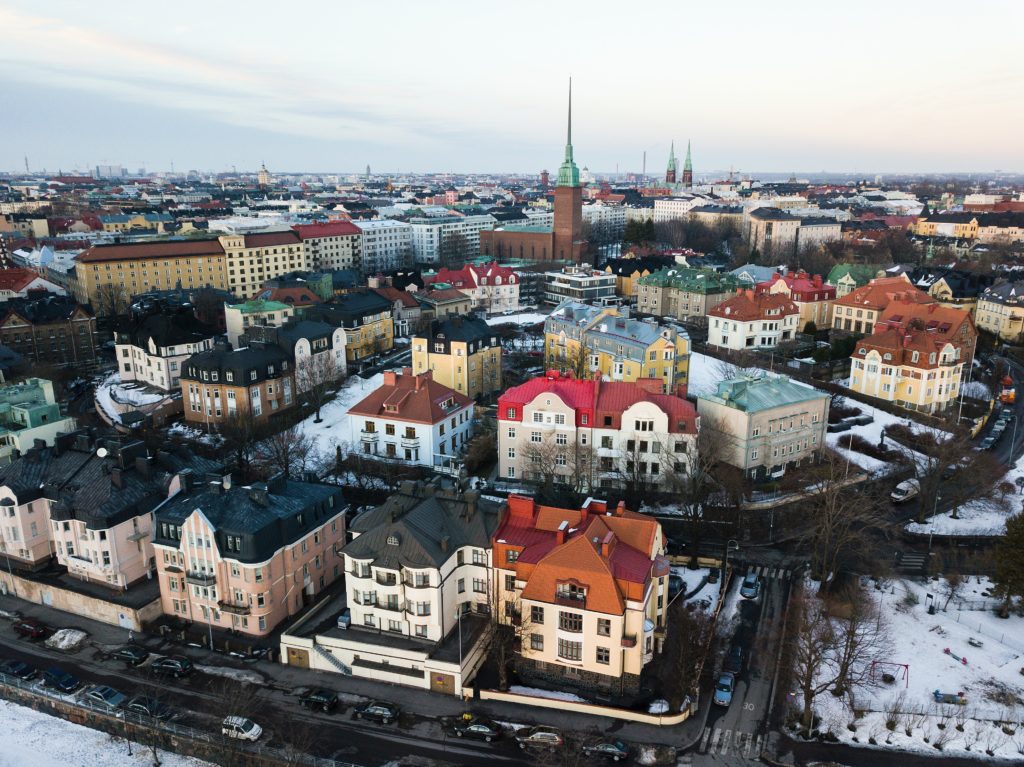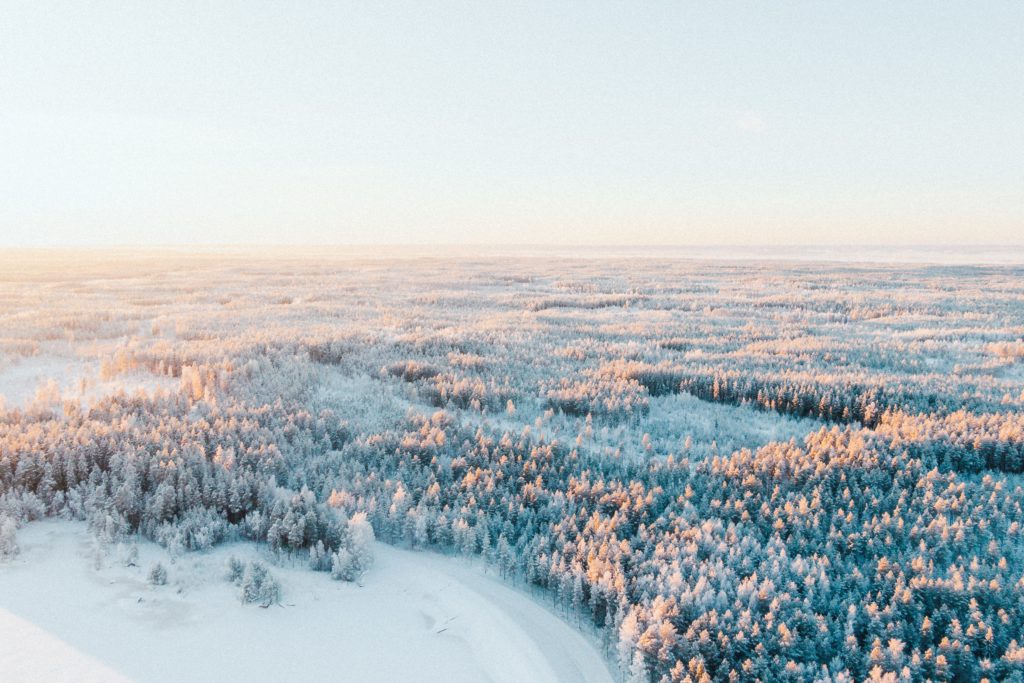Climate change in Finland is a result of the country’s geography and location. Finland is a Nordic country located in Northern Europe. The country borders the Baltic Sea, Gulf of Bothnia, and Gulf of Finland, and is situated between Sweden to the west, Russia to the east, and Norway to the north. The majority of the Finnish landscape is covered in forest, making it the most heavily forested country in Europe.
Because of its northerly location, Finland experiences large seasonal variation in temperature and daylight. This has an effect on both plant and animal life. For example, plants that would normally only grow in southern regions are now able to survive in Finland because of the warmer temperatures. Climate change is having an impact on the types of plants and animals throughout the country.
Climate Change in Helsinki
In Helsinki, the average temperature has increased by almost 3 degrees Celsius since the late 19th century. This has caused the growing season to lengthen by around 2 weeks. The number of days with snow cover has decreased, and the amount of rainfall has increased.
Other impacts of climate change in Helsinki include:
- More extreme weather events, such as heatwaves and heavy rainfalls
- A rise in sea level, which could lead to flooding
- Changes in the distribution of plants and animals
Wildlife in Finland
Wildlife in Finland is also adapting to the changing climate. Reindeer, for example, are moving north as the temperatures increase. This is because they need cool weather to survive. As a result, their populations are decreasing in southern Finland and increasing in northern Finland.

Other animals, such as moose, are also moving north. This is because they need more food to survive in the warmer temperatures. The changing climate is also affecting the fish in Finnish lakes and rivers. Warmer water temperatures are causing some fish species to disappear from certain areas. This is because they can’t adapt to the new conditions.
Greenhouse Gases
Greenhouse gases are released into the atmosphere when we burn fossil fuels like coal, oil and gas. They trap heat from the sun’s rays inside the Earth’s atmosphere causing global warming. Finland’s main sources of greenhouse gas emissions are from the burning of fossil fuels for energy, forestry and agriculture. The Finnish government has been working to mitigate and adapt to climate change. In 2016, the government released a National Climate Change Adaptation Plan.
The plan includes measures such as improving weather forecasting and monitoring, developing early warning systems for extreme weather events, and increasing resilience in infrastructure and buildings. The government is also working to reduce greenhouse gas emissions through measures such as promoting renewable energy, energy efficiency, and electric vehicles.
Climate Change Mitigation
Climate change is a complex issue that is affecting Finland in a number of ways. The government is taking action to address the issue, but it will require continued effort from all sectors of society to ensure that Finland is able to adapt to the changing climate. The country has been attempting to mitigate climate change by investing in renewable energy, electric vehicles, and other measures to reduce greenhouse gas emissions. The government has also been working to improve weather forecasting and monitoring, and to develop early warning systems for extreme weather events.
Finland’s Carbon Footprint
Finland’s carbon footprint is one of the lowest in the world. In 2016, the country’s emissions totaled 58.5 million metric tons of CO2 equivalent. This was a 1.9% increase from 2015, but still below the level of 60.2 million metric tons set in 1990. The majority of Finland’s emissions come from the burning of fossil fuels for energy, with transportation and industry being the largest sources.forest sector, including forestry and wood products, accounted for 18% of the country’s emissions in 2016.
Agriculture accounted for 5.4%, while waste accounted for 3.2%. The remaining emissions come from other sectors such as construction, mining, and chemical production.
Finland’s Emissions Reduction Targets

In order to meet its climate change goals, Finland has set a number of emissions reduction targets. One target is to reduce greenhouse gas emissions by 80% from the 1990 levels by 2050. The country is also working to increase the share of renewable energy to 50% of total energy consumption by 2030.
To achieve these targets, the government has been promoting measures such as energy efficiency, electric vehicles, and renewable energy. The country is also working to improve weather forecasting and monitoring, and to develop early warning systems for extreme weather events.
Carbon Offsets
Carbon offsets or carbon credits are a way to reduce your carbon footprint. One carbon credit is equivalent to one ton of carbon dioxide that has been removed from the atmosphere. Carbon offsets are a crucial tool in achieving emissions reductions targets.
In order to meet its climate change goals, Finland has purchased carbon credits from other countries. In 2016, the government purchased 1.5 million credits for 9.5 million euros. Carbon credits were first used in Finland to offset emissions from the transportation and industry sectors. Individuals and businesses have also opted to purchase carbon credits to offset their emissions.
Carbon Tax
Finland has had a carbon tax in place since 1990. The tax is levied on the carbon dioxide emissions of fossil fuels and currently stands at 30 euros per ton of carbon dioxide. It is used to finance measures to reduce emissions, such as investment in renewable energy and energy efficiency. The carbon tax has been successful in reducing emissions, and is considered by many to be one of the reasons why Finland has one of the lowest carbon footprints in the Western world.
Renewable Energy
Renewable energy is a key component of Finland’s climate change strategy. The government is working to increase the share of renewable energy to 50% of total energy consumption by 2030.
In 2016, renewable energy accounted for 27.8% of Finland’s total energy consumption. The majority of renewable energy came from hydropower, which made up 19.4% of total consumption. Other sources included wood fuels (5%), wind power (2.6%), and solar power (0.6%). The government is working to increase the use of renewable energy through measures such as investing in research and development, providing financial incentives, and improving the permitting process for new projects.

